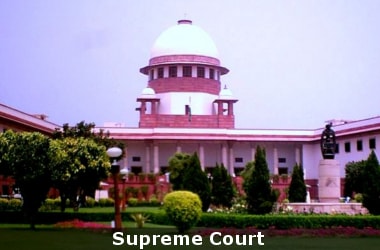
In its order, an SC bench comprising Justices Madan B Lokur and Deepak Gupta said that even though the BSIII inventory is smaller than the total stock of vehicles in the country, public health is far more important than commercial interest of manufacturers.
This was a landmark judgment, upholding people's right to breathe clean air.
The particulate matter (PM) emissions from commercial vehicles will reduce by up to 80% with the transition to BS-IV.
In two-wheelers, hydrocarbon (HC) and oxides of nitrogen (NOx) emissions will reduce by 41-80%, depending on the engine size.
The analysis based on Society of Indian Automobile Manufacturers' submission in the SC had revealed that many companies continued production of BS III vehicles in large numbers between January and March 2017.
According to the industry data, there are about eight lakh unsold BS-III vehicles in the country.
These include 96,724 commercial vehicles; 6,71,305 two-wheelers; 16,198 four-wheelers and 40,048 three-wheelers.
The industry asked for a year to clear the unsold stock.
The transport ministry's notification on transition to BS IV had come two years ago.
The amicus curiae in the case, Harish Salve, said in his affidavit to SC that the transition to BS IV is a critical step to combat toxic air pollution in the country.
The note recounts that the SC-mandated Environment Pollution Control Authority (EPCA) had given a prior notice to automakers so that BS III inventories can be reduced and manufacture of BS IV vehicles can be started.
BS Norms: Know More- Bharat stage emission standards' are emission standards instituted by the Government of India.
- It is to regulate the output of air pollutants from internal combustion engine equipment, including motor vehicles.
- The standards and the timeline for implementation are set by the Central Pollution Control Board under the Ministry of Environment & Forests and climate change.
- The standards, based on European regulations were first introduced in 2000.